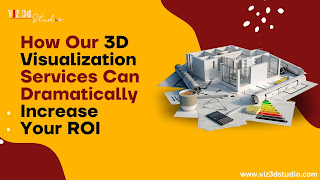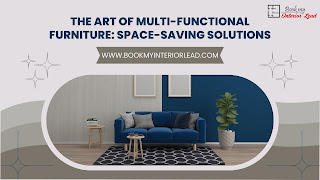How Our 3D Visualization Services Can Dramatically Increase Your ROI

In today’s competitive market, businesses are continuously seeking innovative ways to stand out and maximize their return on investment (ROI). One powerful tool that is proving to be a game-changer across various industries is 3d interior designs . At [Your Company Name], our 3D visualization in Mumbai are designed not only to enhance the visual appeal of your projects but also to drive substantial financial benefits. Let’s delve into how our 3d interior visualization studio can dramatically increase your ROI. 1. Improved Decision Making Key Points: Enhanced Clarity, Informed Decisions 3D visualization provides a clear and detailed representation of projects, which enables stakeholders to make informed decisions quickly and accurately. This enhancement in clarity helps in: Identifying Flaws Early: Detecting potential issues before they become costly problems. Streamlining Approvals: Accelerating the approval process by presenting clear, comprehensive v...

%20and%20Virtual%20Reality%20(VR)%20Enhance%203D%20Visualization.jpg)

